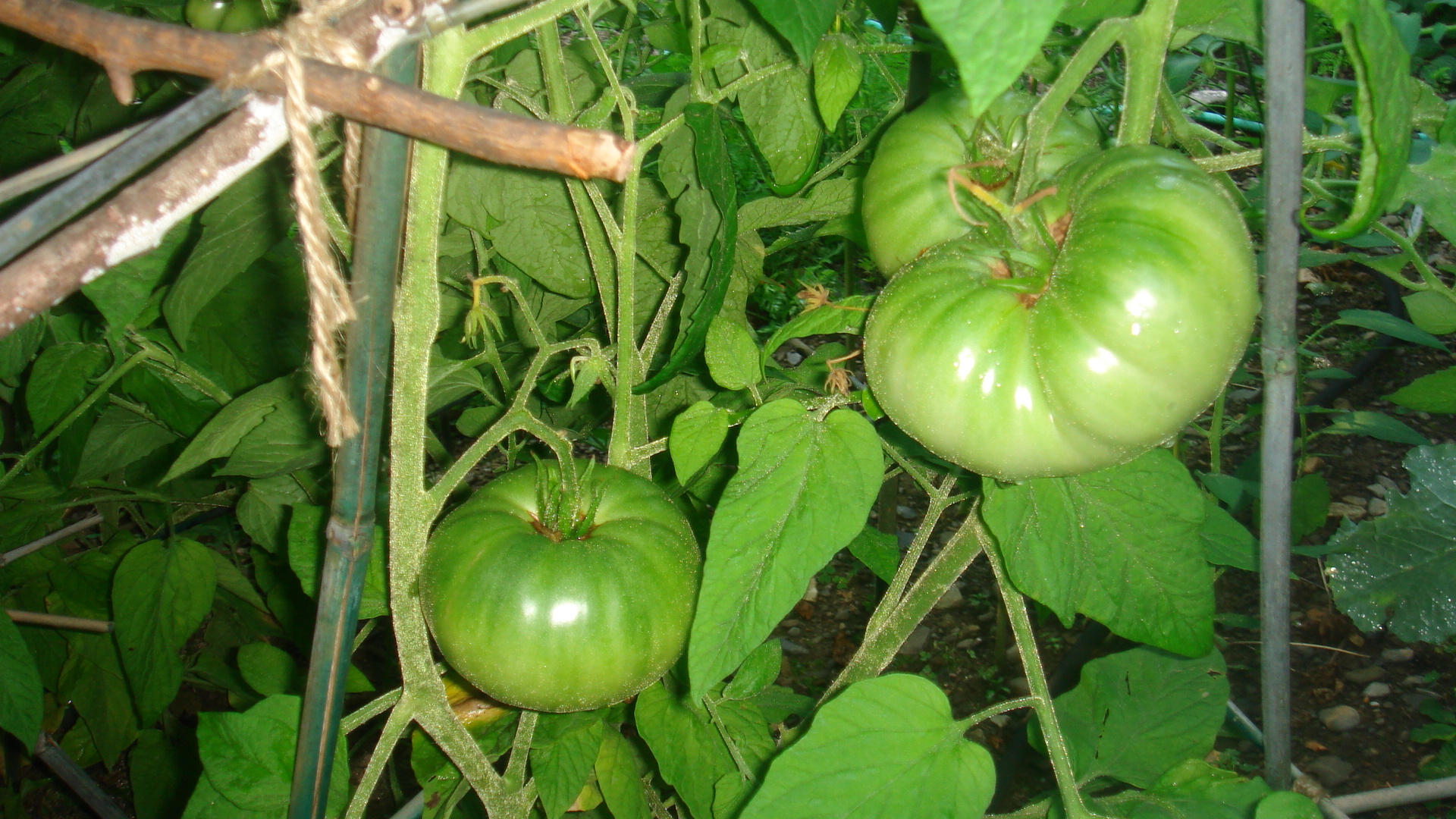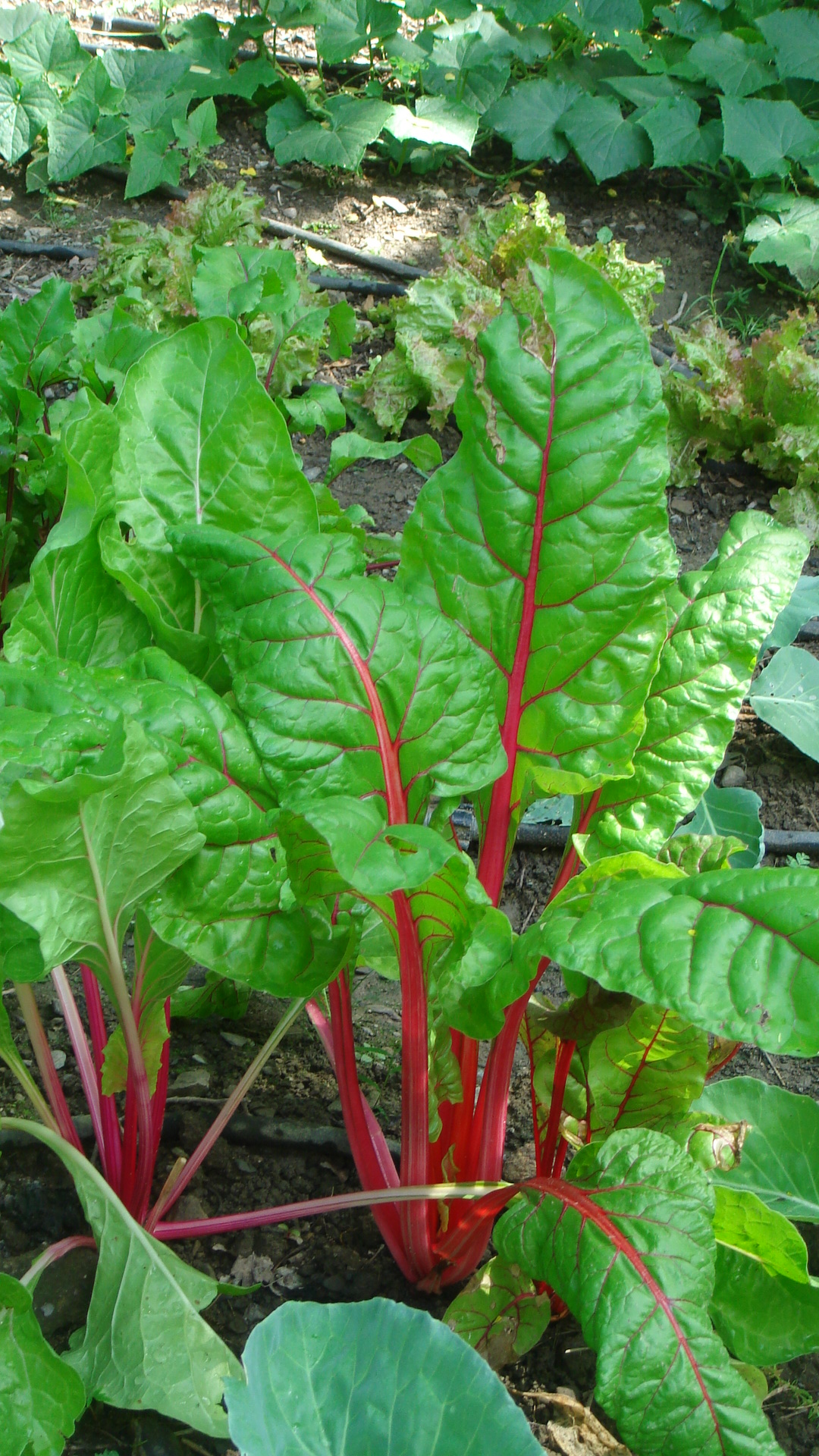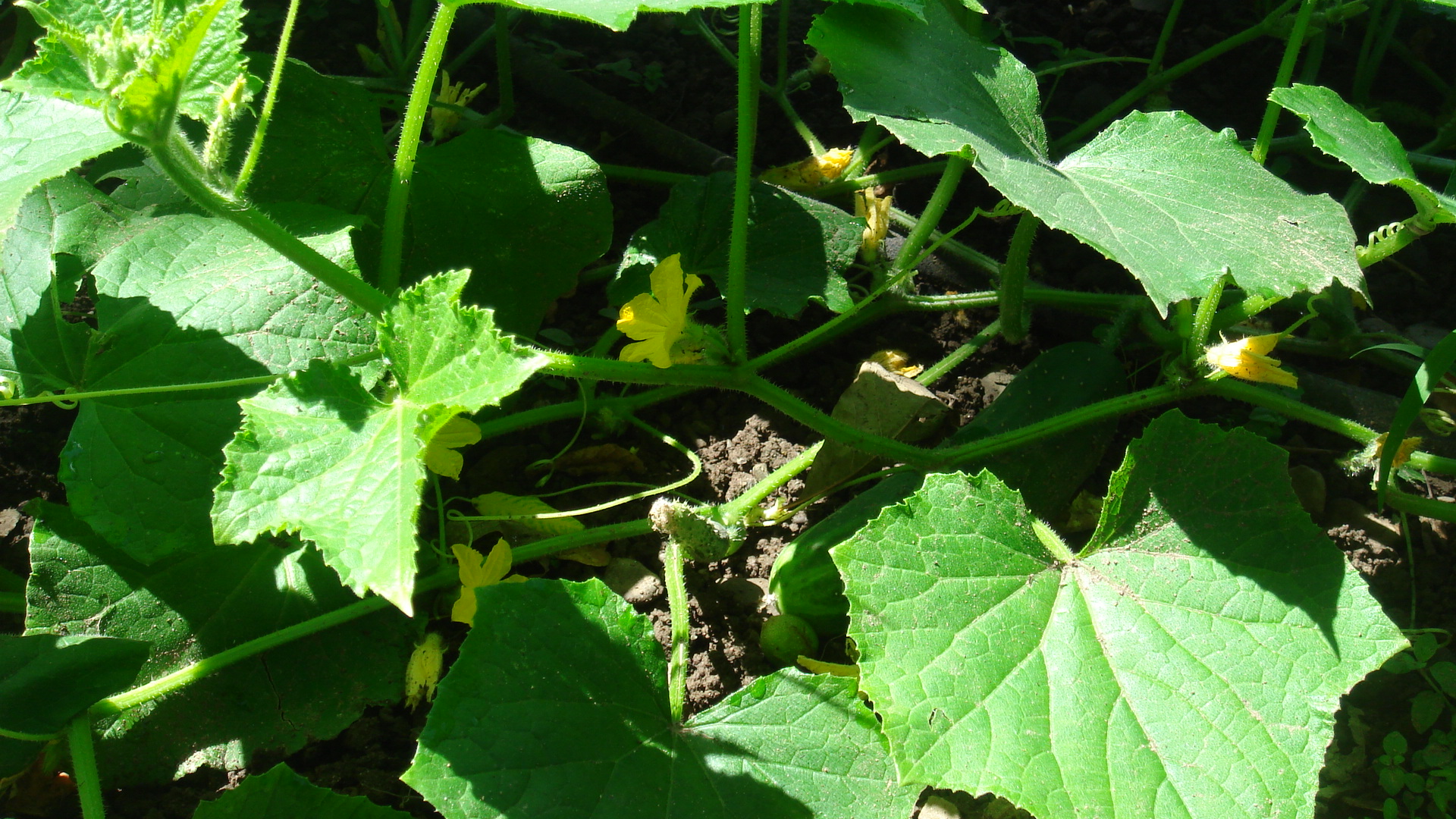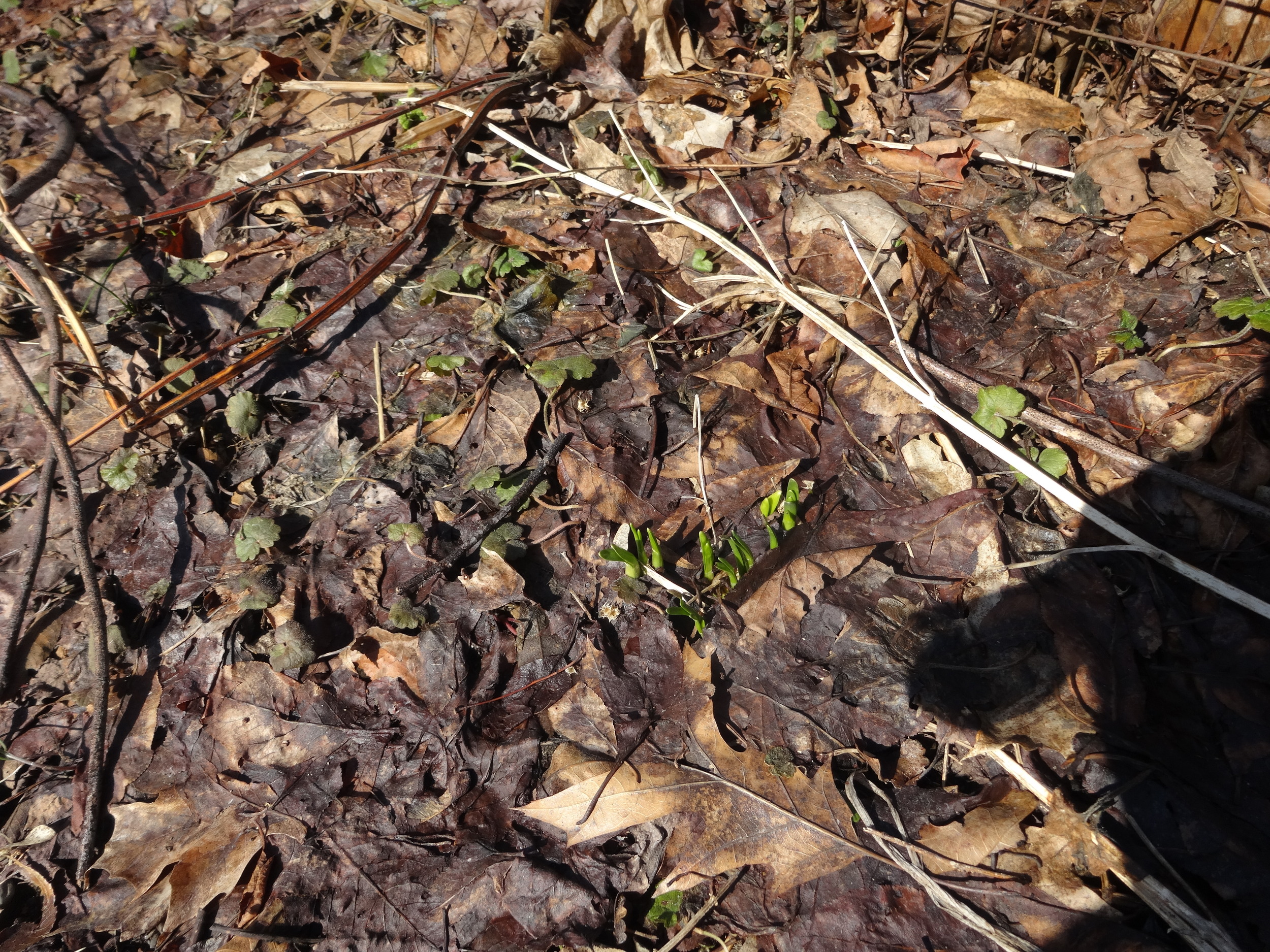While native inhabitants, intimately knowledgeable with their local soil and weather conditions, have oftentimes known to plant in harmony with the lunar cycles (see more info here), Maria Thun, a leading authority on biodynamic agriculture, took this idea one step further. She did extensive research on the planetary influences on all produce growing phases.
Biodynamics (see here a previous blog posts on biodynamics) has often been criticized by skeptics. However, as it is dawning on us that the agriculture we have been practicing for the last 50 or so years may be doing more damage than good on a long-term basis, all kinds of alternative models are being resurrected and researched. These models all require a deep knowledge of local conditions - weather, soil, and native plant combinations. So it behooves us to be open to all kinds of old and new, gentle and cocreative ways to grow out food.
So back to where I'm headed, which is a more connected way to grow your veggies and when. Based on her research, Maria Thun came to the conclusion that different planetary phases influence the growth of plants in different ways. Based on her research she came up with optimal timings for sowing certain types of plants, depending on whether they are root based (i.e. beets, carrots), leaf based (i.e. kale, spinach), fruit based (i.e. tomatoes, eggplant), or flower based (i.e. marigolds) and harvesting.
You can buy the annual illustrated biodynamic Stella Natura calendar, which has many interesting articles and is easy to read and use, but a very consumer friendly version is also available online at rhythmofnature.net (see blog illustration on top).
It has been demonstrated that produce sown into healthy rich soil and sown according to this calendar makes for a much stronger and more resistant plant (I would still recommend buying organic heirloom seeds, though) and a more prolific harvest.
Give it a try.















